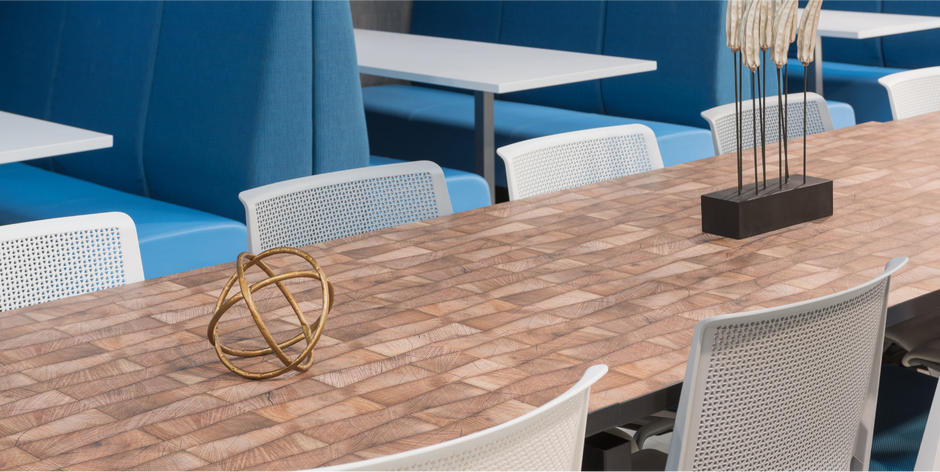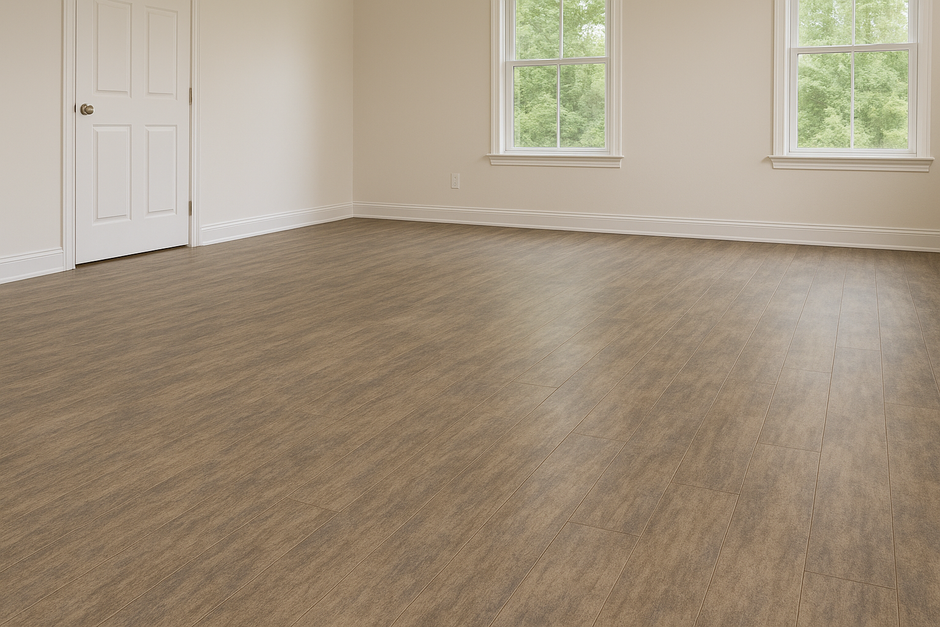When embarking on woodworking, construction, or interior design projects, the choice of base material is fundamental. Among the vast array of wood panel options, MDF (Medium-Density Fiberboard), Melamine, and Plywood stand out for their versatility and widespread use. Understanding the characteristics, advantages, and disadvantages of each is key to ensuring the success and durability of your creations. At Plaiwoo, we offer a concise guide to help you choose the perfect panel among these three essential options.
Understanding the Basics: What are Wood Sheet Materials?
Wood sheet materials are manufactured panels made from wood fibers, particles, or veneers bonded together with adhesives. They offer several advantages over solid wood, including greater stability, resistance to warping and splitting, and consistent dimensions. The type of wood sheet material is determined by the manufacturing process and the type of wood used.
Key Types of Wood Sheet Materials and Their Applications
Let's explore some of the most common types of wood sheet materials and their typical uses:
MDF: The Smooth and Versatile Surface
MDF (Medium-Density Fiberboard) is made from fine wood fibers pressed together with synthetic resins. Its smooth and uniform surface makes it an excellent base for finishes.
-
Advantages:
- Very smooth surface, ideal for painting, lacquering, or applying laminates.
- Uniform density that facilitates machining and clean cuts.
- Relatively inexpensive.
- Good dimensional stability, less prone to expansion or contraction with changes in humidity compared to solid wood.
-
Disadvantages:
- Lower structural strength compared to plywood.
- Poor resistance to moisture; can swell and warp if it gets wet.
- Edges can be porous and require sealing before painting.
- Heavier than plywood of similar thickness.
- Common Applications: Interior furniture, shelving, decorative panels, linings, bases for laminates and melamines.

Melamine: The Ready-to-Use and Durable Finish
Melamine is a board, usually made of MDF or particleboard, covered on both sides with a decorative sheet impregnated with melamine resin. This provides a resistant and attractive finish.
-
Advantages:
- Surface resistant to scratches, stains, and superficial moisture.
- Wide variety of colors and designs that mimic wood, solid colors, and textures.
- Does not require additional finishes like paint or varnish, saving time and costs.
- Easy to clean.
- Generally more economical than plywood with finishes.
-
Disadvantages:
- Less resistant to strong impacts compared to plywood.
- If the coating is damaged, moisture can penetrate the substrate (especially if it is particleboard).
- Repairs can be difficult to conceal.
- Design options are limited to manufacturer catalogs.
- Common Applications: Kitchen furniture, cabinets, shelving, wall coverings, countertops.

Plywood: The Traditional Strength and Stability
Plywood is composed of several thin layers of wood veneer (plies) bonded together with adhesive, with the grain direction of each layer perpendicular to the previous one. This structure gives it great strength and stability.
-
Advantages:
- Excellent structural strength and load-bearing capacity.
- High resistance to bending and impact.
- Good resistance to moisture, especially phenolic or marine varieties.
- Good ability to hold screws and nails.
- Available in a variety of thicknesses, qualities, and wood types.
-
Disadvantages:
- Surface that may require sanding and finishing (paint, varnish).
- Can be more expensive than MDF and Melamine, especially higher qualities.
- Edges can have voids and splinters, requiring treatment.
- The appearance of the layers may not be desirable for some projects.
- Common Applications: Construction (formwork, exterior cladding, floors), sturdy furniture, structures, packaging, nautical applications.

Which One to Choose for Your Project?
The choice between MDF, Melamine, and Plywood will depend on the specific requirements of your project:
- Do you need a smooth surface ready for painting or laminating? MDF is an excellent option. If you are looking for a ready-applied and resistant finish, Melamine is ideal.
- Are structural strength and load-bearing capacity priorities? Plywood is the best choice.
- Will the project be exposed to moisture? Plywood, especially water-resistant varieties, is more suitable than MDF or Melamine (unless the edges of the melamine are well sealed).
- Is budget a significant factor? Melamine and MDF are usually more economical than Plywood.
- Are you looking for ease of machining and clean cuts? MDF is easy to work with tools.
- Do you need a durable and resistant material for daily wear and tear? Melamine offers good surface resistance, while Plywood stands out for its structural strength.
Choosing the Right Panel for Success
Understanding the differences between MDF, Melamine, and Plywood will allow you to select the most suitable material for your projects, optimizing results and ensuring durability. At Plaiwoo, we offer a wide range of these panels so you can find the perfect option for your creative and functional needs.



























